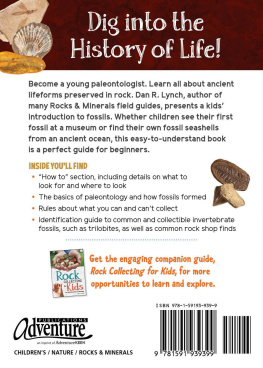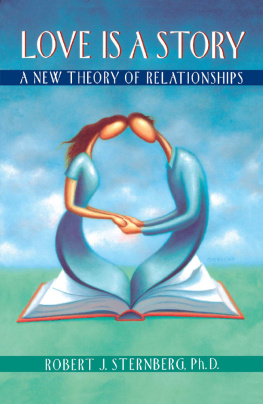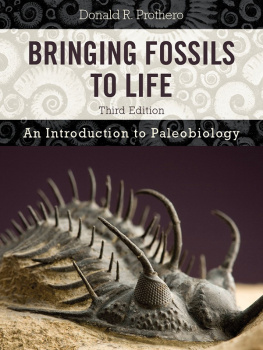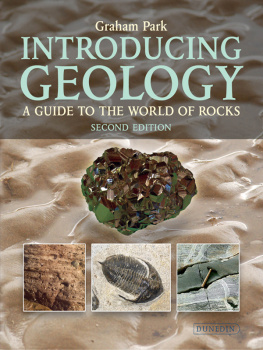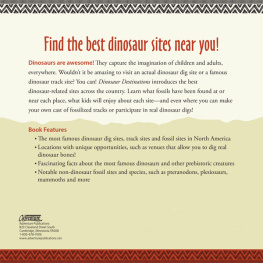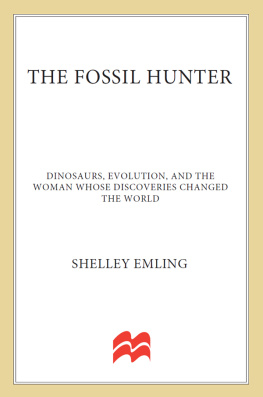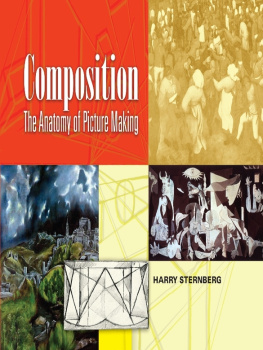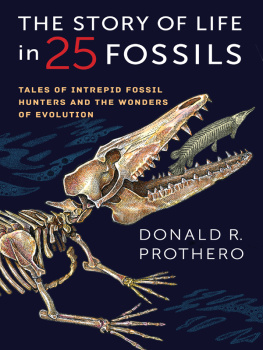American Nature Series
Group IV. Working with Nature
THE LIFE
OF A
FOSSIL HUNTER
BY
CHARLES H. STERNBERG
WITH AN INTRODUCTION
BY
HENRY FAIRFIELD OSBORN
NEW YORK
HENRY HOLT AND COMPANY
1909
Copyright, 1909,
BY
HENRY HOLT AND COMPANY
Published, February, 1909
THE QUINN & BODEN CO. PRESS
RAHWAY, N. J.
PREFACE
I wish to call the attention of the reader of my story "The Life of a Fossil Hunter" to the fact that I am under obligations especially to Prof. Henry Fairfield Osborn, President and Curator of Paleontology of the American Museum of Natural History in New York. He has supplied me with many of the most beautiful of the illustrations that illumine these pages and has assisted the work in many ways.
I would also express my gratitude to Miss Margaret Wagenalls of New York, who edited the manuscript; to Prof. Dunlap of the Kansas State University, for his kindly criticisms; and to Dr. W. K. Gregory, Lecturer on Zoology at Columbia University, whose untiring efforts have brought the book to its present form.
I hope it may awaken a wide interest in the study of ancient life, and I thank my friends everywhere who are contributing to that end.
Charles H. Sternberg.
Lawrence, Kansas,
January, 1909.
CONTENTS
THE LIFE OF A FOSSIL HUNTER
CHAPTER I
EARLY DAYS AND WORK IN THE
DAKOTA GROUP OF THE
CRETACEOUS
I do not remember when I first began collecting fossils, but I have always loved nature.
Fifteen years of my early life were spent in Otsego County, New York, at dear old Hartwick Seminary, where my father, the Rev. Dr. Levi Sternberg, was principal for fourteen years, and my grandfather. Dr. George B. Miller, a much loved, devout man, professor of theology for thirty five. The lovely valley of the Susquehanna, in which it stands, lies five miles below Cooperstown, the birthplace of the Walter Scott of America, James Fenimore Cooper, and my boyhood was spent among scenes which he has made famous. Often my com panions and I have gone picnicking on Otsego Lake, shouting to call up the echo, and spreading our tablecloth on shore beneath the very tree from which the catamount was once about to spring upon terrified Elizabeth Temple.
My greatest pleasure in those early days and best, was to live with a darling cousin in the woods. There among the majestic trees,maples, hickories, pines, and hemlocks,we used to build sylvan retreats, weaving willow twigs in and out among the poles which I cut for supports; and there, to those great trees, I delivered my boy orations. We delighted also to visit and explore Moss Pond, a body of water on top of the hills across the river, surrounded entirely by sponge moss. We could " teeter " across the moss to a log that gave us support, and catch blind bullheads, or eat our lunch in the cool, dense hemlock woods that surrounded the water, where the heavy branches, intertwined like mighty arms, shut away the light, so that even at midday the sun could barely pierce their shadows.
How I loved flowers! I carried to my mother the first crocus bloom that showed its head above the melting snow, the trailing arbutus, and the tender foliage of the wintergreen. Later in the season I gathered for her the yellow cowslip and fragrant water-lily; and when autumn frosts had tinged the leaves with crimson and gold I filled her arms with a glorious wealth of color.
Even in those early days I used to cut out shells from the limestone strata of the region with what ever tools were at hand, but they were admired chiefly as examples of the wonderful power of running water to carve rocks into the semblance of shells. Or if one of the more observant remarked that these shells looked very much as if they had been alive once, the only theory that would account for their presence and yet sustain the belief that the world was only six thousand years old, was that the Almighty, who created the rocks, could easily, at the same time, have created the ancient plants and animals as fossils, just as they were found.
I remember a rich find I made in the garret of an uncle in Ames, New York,a cradle filled with fossil shells and crystals of quartz. They had been collected by my uncle's brother, who, fortunately, as my uncle said, had died early, before bringing disgrace upon the family by wasting his time wandering over the hills and gathering stones. All the large specimens he had collected had been thrown away, and the smaller ones in the old cradle had long been forgotten. I was welcome to all my uncle's buggy could carry when he took me home, and I can never forget the joy of going over that material again and again, selecting the specimens that appealed most to my sense of the beautiful and the wonderful. I labeled them all "From Uncle James," and it greatly astonished a dear aunt of mine, to whom I gave them some years later when we moved West, to find in the collection a lot of baculites, labeled "Worms from Uncle James."
When I was ten years old, I met with an accident from which I have never completely recovered. I remember the wild chase I was making after an older boy, over the hay-mows and piles of shocked grain in my father's barn. On the floor below, an old-fashioned thresher, one of the first of its kind, was making an ear-splitting noise, while outside the two horses, hitched to an inclined plane, climbed incessantly, but never reached the top.
The boy climbed a shock of oats on the scaffold in the peak of the barn, and "Charley-boy," as my mother called me, following him, slipped through a hole in the top of the ladder which had been covered by the settling oats, and fell twenty feet to the floor below. The older boy climbed swiftly down and carried me home insensible to my mother.
Our family physician thought that only a sprain was the result, and bandaged the injured limb; but, as a matter of fact, the fibula of the left leg had been dislocated, so that there was much suffering and a little crippled boy going about among the hills on crutches.
The leg never grew quite strong again, and some years later gave me a good deal of trouble. In 1872 I was in charge of a ranch in Kansas, and during November of that year a great sleet storm covered the whole central part of the state. In order to water my cattle, which were scattered over a range of several thousand acres on Elm Creek, I was obliged to follow around small bands of them to their accustomed watering-places and cut the ice for them. The water that splashed over my clothing froze solid, and the result was that inflammatory rheumatism settled in the lame leg. I sat in a leathern chair all winter close to a boxwood stove, tended by my dear mother, who never left me day or night.
When the inflammation subsided, the knee joint had become ankylosed, and in order to avoid going on crutches all my life, I lay in the hospital at Fort Riley for three months, all alone in a great ward, and had the limb straightened by a special machine. So skilfully did the army surgeon do this work that I threw away crutches and cane, and, although the leg has always been stiff, I have since walked thousands of miles among the fossiliferous beds in the desolate fields of the West.
In 1865, when I was fifteen years old, my father accepted the principalship of the Iowa Lutheran College at Albion, Marshall County, and the broken hill country of my boyhood days was replaced by the plains and water courses of the Middle West.


